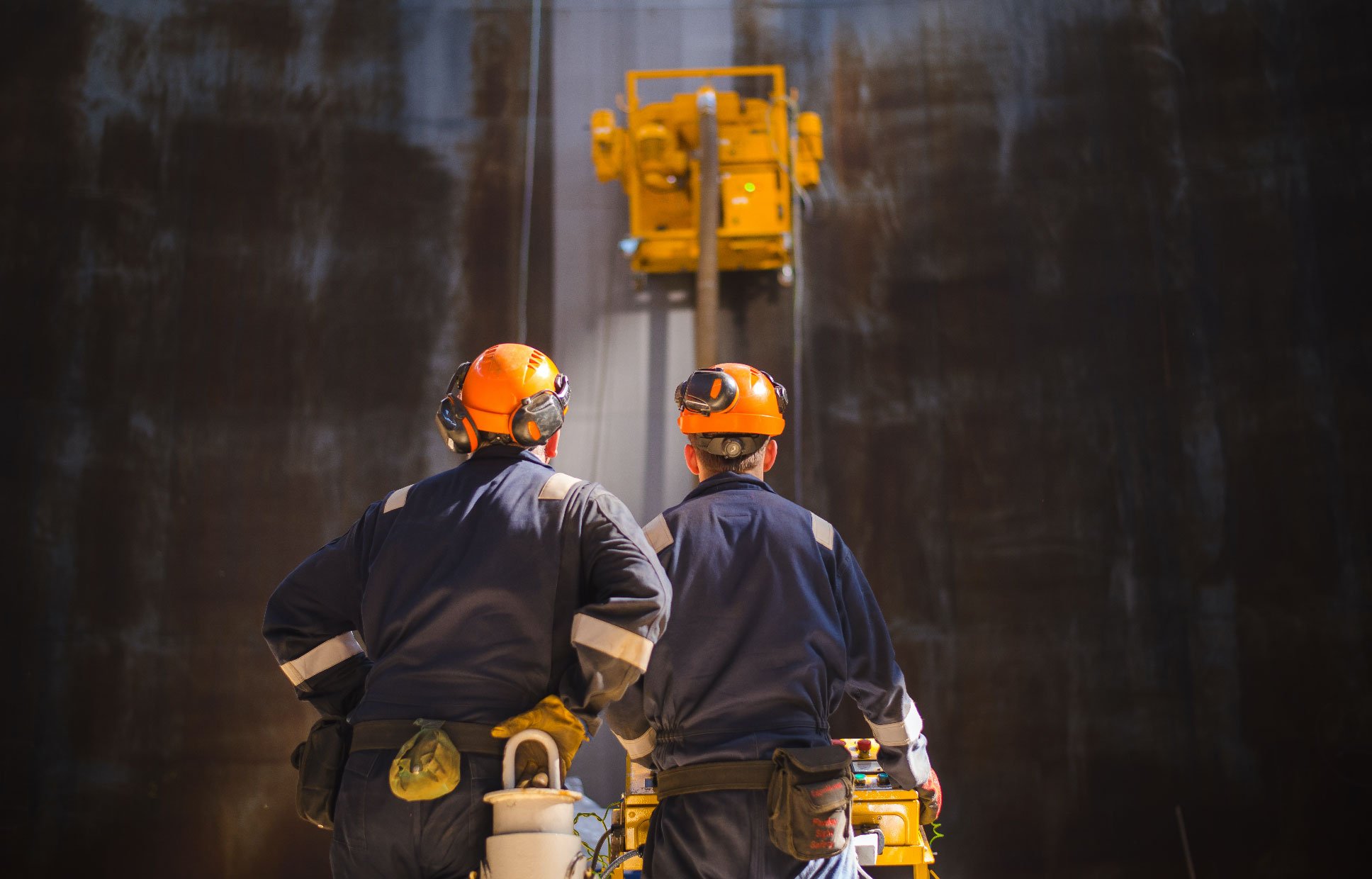When placing a new slab, making relief cuts in the concrete is crucial to make sure that you don’t have unwanted cracks. If you are newer to concrete placement, this is a key area to understand to make sure that you avoid issues down the road.
Before we get into how to make these cuts, I want to go over why they are needed.
With any concrete, there is always a chance that you will have cracking because of the potential base material shifting, expansion and contraction due to weather, and other aspects. Making relief cuts ensures that you will have the best chance at limiting large cracks.
Because of the nature of concrete, cracks will still happen if you make these cuts. The goal is to control where the cracks are.
HOW MUCH SPACE BETWEEN CUTS?
One of the first places to start is knowing how much space you need between your cuts. While experience will help you get a better idea of what works for your concrete and climate, there is a rule of thumb to start with. Cuts should be approx. 2-3 times the thickness of your slab in feet. For example, a 6” slab would have cuts 12’ – 18’ apart.
This is strictly a guideline to work from. A structural engineer will be able to confirm what distance it should be depending on environmental factors. Also, if there is a spec on the project, they will most likely tell you what the distance between cuts needs to be.
Like I said before, as you continue to get better at cutting, you will find a way or calculation that works best for you.
WHEN TO GET ON THE SLAB TO CUT?
This is one of the most crucial aspects when cutting concrete. Relief cutting needs to be done at just the right time to ensure raveling doesn’t occur. Raveling or spalling happens when you get on the slab to early and your saw actually disturbs the aggregate rather than cutting through it. This will leave your cut edges jagged.
On the other side, if you wait too long to get on the slab, you increase the chances of random cracking. As the concrete begins to experience shrinkage stresses that exceed the strength of the concrete, there is a lot of “movement” in the slab. If the cuts are not in place before the stressing becomes extreme, the slab has no room to flex resulting in random cracks.
The actual time to get on the concrete will be determined many factors (weather, mix, size of slab, ect…) A very rough timeline is somewhere between 1-12 hours. This depends if you are using a wet saw, which needs to wait longer to get on the slab, or an early entry saw which can get on much quicker. Again, this is a variable number for each pour because of the environmental factors that may be at play.
HOW DEEP SHOULD A CUT BE?
If you are working on a project with a spec included, there should be a depth listed that you need to achieve. If not, you need to have a minimum of a 1” depth, but you can also base it off the thickness of the slab.
A good rule of thumb is to make your cut ¼ the thickness of your concrete. If ¼ of your slab’s thickness, doesn’t reach 1” make sure you still cut at least a 1” depth.
WHAT KIND OF SAW TO USE
One thing to be aware of before we go further.
When you are looking for saws to do relief cuts, make sure that it is a down cut. In our experience up-cut saws can disturb the aggregate as the blade goes through the slab resulting in raveling. A down-cut saw will be able to solve this and create cleaner edges.
This really comes down to a preference decision. A wet or early entry saw will both produce similar cuts, but there are some differences between the two that may help you decide.
When it comes to choosing between these types of saws, it all depends on your application. Wet saws are great because they are versatile. They can be used to do other types of floor cutting if necessary. An early entry saw’s sole purpose is for getting on the slab early and doing these cuts. It will save you time, but will not be extremely useful in other cases.
At the end of the day, it comes down to what you are more comfortable with.
We hope that this blog helped you get a basic understanding on relief cutting so that you can produce great looking slabs.


 By
By 